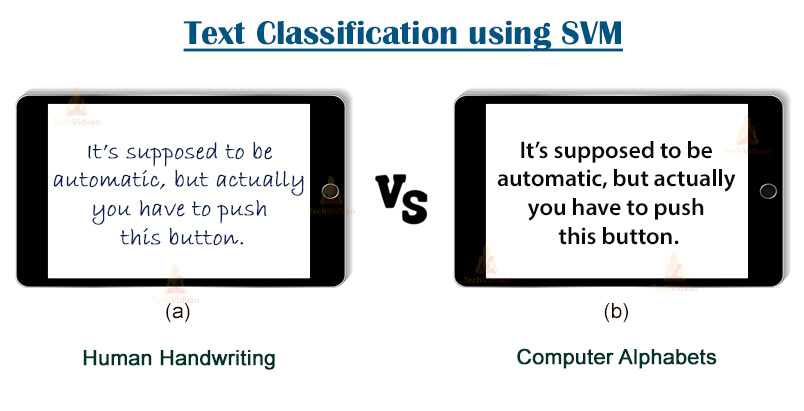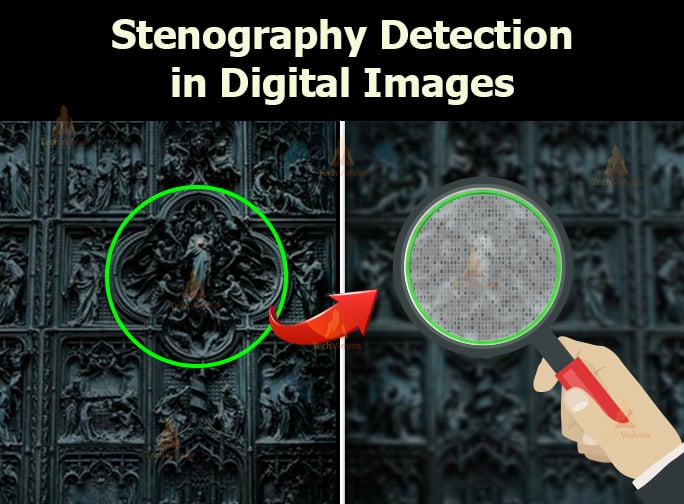SVM Applications – Top 10 astonishing real life applications of SVM
In this article, we will be discussing about various SVM applications in real life.
SVM’s are powerful yet flexible supervised machine learning algorithms which are used both for classification and regression.
But generally, they’re utilized in classification problems. Since it is a classification based algorithm, it is used in many places. It is also one of the most efficient algorithms used for smaller datasets.
There are many applications of SVM. Many of them are under research as well. Here, we will be looking at near about 10 or so most popular SVM applications.
So, let’s start.
SVM Applications
Here is the list of the most popular applications of SVM. Let’s discuss each of them in detail.
1. Inverse Geosounding Problem
The geosounding problem is one of the important SVM applications that helps to determine the layered structure of the planet. It demands solutions of various inversion problems. In the case of electromagnetic data, we use a linear function for the problem and we use the SV learning algorithm for models.
The models are developed here with linear programming Techniques. But, the size of the dimension in which the model is developed might be small here, as the size of the problem is also small.
2. Seismic Liquefaction Potential
Here SVM is considered as a great Machine Learning algorithm because the result accuracy is great. We have two problems namely SPT (Standard Penetration Test) and CPT (Cone Penetration Test). In both of these tests, we check the occurrence and non-occurrence of liquefaction. Here, we use field datasets.
The accuracy achieved with the datasets using SVM was 96 and 97 % respectively. Here, SVM helps to build a model for complex combinations like soil parameters and liquefaction potentials.
3. Protein Fold and Remote Homology Detection
Remote homology detection makes great use of SVM. In this case, it depends on how the protein sequences are modelled. We use different methods to solve the kernel functions that are being used.
The kernel functions help to find the similarity between different protein sequences. The truth is, many times these kernels produce better results than many SVM based techniques. Kernel is actually a part in SVM itself.
In this way, SVM is influencing areas like computational biology.
4. Data Classification using SSVM
Here, SVM helps in a lot of mathematics based problems. We use various smoothing methods here for solving various math problems. There is also a slight change, we won’t use the normal SVM method here. We will use the SSVM or Smooth SVM.
SSVM makes classification easier as it possesses a strong convexity (a math property). Also, the use of kernel function here is arbitrary. For SSVM’s unconstrained optimization problem, we use the Newton-Armijo algorithm here.
SSVM works faster on larger datasets than the normal SVM. It could also generate checkerboard shaped nonlinear dividing surface.
5. Facial Expression Classification
There are many ways to use this classification. We can use it in various life-care systems, we can use it in normal happy or sad look classification as well. We can use it in filters. If we make certain facial expressions, it would add the specific filter as per the expression. The range of expressions lies between happy and sad.
SVM can be of great use here.
6. Texture Classification using SVM
In this SVM application, we use the images of certain textures and use that data to classify whether the surface is smooth or not. This SVM application will be of great use. If we use a sensitive camera to take pictures and use that data in our model, we could train a really powerful model.
Also, if we take images of surfaces, we could determine the surface as smooth or gritty. SVM here classifies the surface as smooth or gritty.
7. Text Classification
Text Classification is an automatic process of classification of text into predefined categories. We will classify Emails into spam or non-spam, news articles into different categories like Politics, stock exchange , Sports, etc. We could use SVM in differentiating between the handwritings of two different people.
The dataset would contain images of various alphabets and sentences written in both handwriting. The SVM classifier would be trained using the sample data. We can also use SVM to differentiate between human writing and computer alphabets.
8. Speech Recognition
Speech recognition is employed for segregating individual words out of the continual speeches. Features for every isolated word are extracted and models were trained successfully Using speech recognition, we could make an interface for communication with deaf people. Here, the acoustics would be the data.
There are many functions like LPC, LPCC, and MFCC which collect the acoustic data. The SVM uses the acoustic data to train its models. We use the data to train many models and use them in the system. The results obtained using SVM are generally accurate.
9. Stenography Detection in Digital Images
Using SVM, we can find out if an image is pure or adulterated. This could be used in security-based organizations to uncover secret messages. Yes, we can encrypt messages in high-resolution images.
In high-resolution images, there are more pixels, hence, the message is more hard to find. We can segregate the pixels and store in data in various datasets. We can analyze those datasets using SVM.
10. Cancer Diagnosis and Prognosis
Cancer detection is one of the top research fields in the world right now. There are various types of ML methods using which the researches are being conducted. Google is using Image classification methods to find cancer.
There are many such examples. SVM is one of the algorithms that are in use for this. SVM helps in diagnosis and prognosis by running numerous models. There is a lot of data in the form of an image that is analyzed. We have thousands of datasets.
We train hundreds of models using SVM to classify cancer as malign or benign.
Summary
This article was solely about the application part of SVM. Here, we saw various kinds of SVM applications ranging from text recognition to cancer detection. These are only the main SVM applications that are in common use.
Other than these, there are many more applications out there. There is a lot to learn from these applications as we can understand how SVM is actually used in the real world.
So, Now we have seen the most popular applications of SVM.



